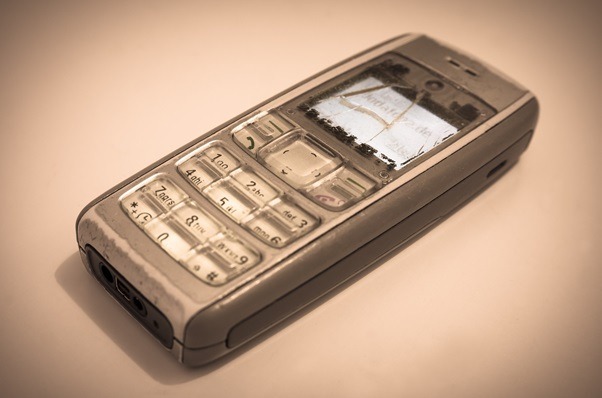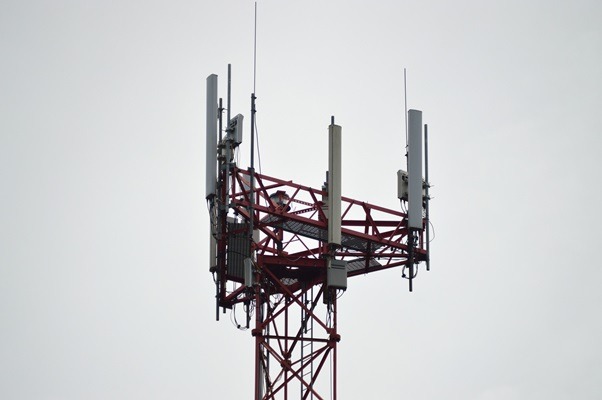Mobile phones have quickly become one of the few things we can’t live without, but how much do you really know about their past? In this article, we’ll be exploring the history of these small but insanely powerful little devices.
Whether you use your mobile phone to connect with loved ones, conduct your financial tasks, or just to play emoji themed games like Candy Crush, we’re sure you’ll find this interesting!
The early mobile phones
The first mobile phone call was made in 1973 by Martin Cooper, a director at Motorola. This was the first-ever handheld mobile phone and it weighed 2kg! It cost $4000 too which is a lot of money now, but was an absolute fortune back then.
This device could only make calls within the radius of just 30m from the base station and this meant that you had to carry around a box of batteries along with you as you would only get about 30 minutes worth of battery life out of this mind-bogglingly heavy piece of equipment.
In 1981, Nokia launched its first mobile phone model, the Mobira Cityman. The handset itself looked like a brick and came in some rather garish colors although it did have some innovative features for its time, such as text messaging and optional hands-free operation.
The infamous brick shape wasn’t particularly popular with consumers though, so Nokia soon redesigned the mobile phones into more appealing styles – this led to them selling 100 million phones by 1992 which is quite impressive considering that when they were first invented, nobody thought that they could be successful enough to become marketable on such a large scale!
From 1993 onwards things really started to take off, especially in Europe where there were all sorts of regulations regarding how much radiation these devices emitted – something which had previously been overlooked due to their lack of popularity compared with normal home phone service.
In 1997 Ericsson released what many consider to be the world’s most iconic mobile phone; the T68i. Following on from this, Nokia released their 3310 model which began another craze for retro designs that are still going strong today amongst teenagers who love trying out different ‘retro’ designs from yesteryear.
How do mobile phones work?
First things first, the term ‘mobile phone’ is a little misleading as this name suggests that you can only use the device to make calls on the go. This is not quite true and mobile phones are actually used for a number of different purposes – these include texting, browsing the internet, and playing games.
Mobile phones work by connecting to ‘base stations’ which are located near major cities so that people can pick up their signals from anywhere in the country. Many people live in areas where they don’t get good reception or even any signal at all – if this is you then it’s probably because your nearest base station hasn’t been installed yet! In addition, mobile phones can often struggle when trying to connect through thick walls as they will struggle to transmit their signal through them.
The history of mobile phone handsets has really come a long way since it was first invented and although they do still have some teething issues with weak signal strength or battery life we’re sure that there’ll be more improvements made over time – after all, back in 1973 nobody would have thought that you could fit a whole computer system into something so small!
Will the future of mobile phones be just as exciting as the past?
There are all sorts of possibilities when it comes to the future development of mobile phones. Many people think that we will eventually be able to make calls with our brainwaves (similar to how it is in the Star Trek movies) as this would mean that you wouldn’t even have to press any buttons on your phone, making calls even easier and more convenient.
It might also help prevent us from being so reliant on technology as we could simply just think about who we want to call and our brains would do all the work!
Another area where mobile phones are likely to develop over time is in their energy efficiency; currently, they’re quite power-hungry due to having so many features, but there might come a time when they can get by on much less battery life. That being said, this would probably come at the price of only allowing us basic functions such as calling and texting, something which most people don’t mind anyway!
Whatever the future holds for mobile phones, it’s safe to say that things are likely to change quite a bit over time. There will probably be lots of new and interesting designs which you can choose from to suit your personality or style and these devices are likely to become more powerful as time goes on – just think of all the cool stuff you can do with your phone now compared with what was possible back in the day.



